Assignment 2
Introduction
This is the second assignment of TAOP and requires that I take 10 to 15 photographs, primarily demonstrating various elements of design and incorporating what I have learned so far and they should be of a similar subject. The following were suggested: flowers and plants, landscapes, street details and the raw materials of foods. However, I have chosen to use wildlife as my topic. All of my photographs are taken in the wild with no tame or captured animals. Also, I had the constraint of being limited to staying on the roads in the reserves and to remaining in my car. Most of the images are taken using a 100 – 400 mm lens and all are handheld, although occasionally a beanbag was used on the edge of the car window. Using the long lens and handheld meant that I needed to shoot on Tv and usually in the range 1/500 to 1/1000 sec to ensure that the images were sharp and free of blur.
Due to the limitations I have taken some latitude in the interpretation of the scope but hope that these provide an interesting sequence of wildlife photographs that demonstrate the elements as required – I know that two are a bit marginal!
Single Point Dominating the Composition
I have included two photographs for this element because I like both. The ‘klipspringer’ was in some ways ideal. The light was late afternoon and the background rocks in shadow. As a result this buck is highlighted as a single point of focus against a dark and out of focus background.
The second photograph of a lilac breasted roller I believe also fills the brief. The bird is well lit and largely against a vacant blue sky. I had been trying to make a good photograph of this species for a long time and this photograph is not too bad at all.
I have not photo shopped either of these images and have wondered how much time I should spend on that. Maybe I should have removed the leaves in the top left of the klipspringer and some of the ‘dead’ branches in the bottom of the image of the roller.
Two Points in the Composition
This image is possibly a slightly relaxed interpretation of ‘two points of focus’ but with the eyes so dominant I felt it was acceptable. Making this image brought some learning points to. Firstly, I had not renewed the card in my camera so missed a number of shots while finding a new one – dam. Secondly, the sighting was early 06:30 in the morning and the light was as a result poor. This meant boosting the ISO to 6400, which shows a bit in the photograph. This was necessary to achieve 1/640 at f5.0, which was necessary for the hand held shot using my 100 – 400 mm lens at 235 mm.
Several Points in a Deliberate Shape
I looked for several points in a deliberate shape for a long time. These zebra provided the type of image I was looking for. Unfortunately, one cannot arrange the animals as one may like so had to make use of what I had. This is an image that loosely interprets the brief but form a nice diagonal along the riverbank. I had hoped for a few more to join and make it more dramatic but they were uncooperative.
A Combination of Vertical and Horizontal Lines
This image is the second one that I felt interpreted the brief a bit more freely. I had been looking for an image with good lighting on the mane of the zebra. This depicted that with the sun still fairly low in the sky (08:22). The vertical lines are strong with the stripes of the zebra and the hair in the mane. The horizontal are less prominent but are there in the few horizontal stripes along his jaw. What makes this a loose interpretation is that I am not sure that a pattern on a zebra really qualifies as vertical and horizontal line, which should possibly be depicted by the format or structure of the subject itself. However, I understand this and during the exercises leading up to this assignment posted a number of images that demonstrated my understanding. As a result, I felt that a free interpretation was acceptable.
Diagonals
From the outset I had planned on using a giraffe to demonstrate a diagonal. The tree may be a bit fussy, but this is a good diagonal. Giraffe’s heads are always difficult as they are often against the sky. In this instance I was lucky to have an overcast day providing a muted background that helps accentuate the diagonal and detail in the face.
Curves
This is one of my favourite photographs, a Yellow billed hornbill. Once again I had set out with the idea that a Hornbill beak would be a good example of a curve. I was lucky to obtain this image with no background detail to detract from the curvature of the bill.
Distinct Even if Irregular Shapes
I have chosen two images that provide examples of ‘distinct shapes’. The elephants are unmistakeable and in this image the two elephants provide a balance. What I like is that the elephant in the background is slightly out of focus so does not detract from the main subject yet provides a balance to the photograph, yet its shape is distinctive. This image was a candidate for the ‘two points of focus’, but I preferred the leopard for that and felt that this fitted the distinctive shape category. At the same time I captured an image with an interesting curve in the trunk, but that one had to be left out!
The tree below was at dawn while it was quite misty. The silhouette of the tree provided a suitable image for this category and I liked the mood in the photograph. This particular image was the nicest of those that I took at the time.
The tree was at dawn while it was quite misty. The silhouette of the tree provided a suitable image for this category and I liked the mood in the photograph. This particular image was the nicest of those that I took at the time.
Two Kinds of Implied Triangle
My plan for an implied triangle was always a straight on head of a buck. I made a number of images with varying degrees of success. In the end I chose this one. The Impala is looking directly at the camera and two ears and nose make a very good implied triangle. The piece of grass in her mouth and the two out of focus pieces may detract a bit from the image but as I have mentioned before, I have not spent time using PS to correct these. Maybe I should have but my current working knowledge of PS is not great and it would therefore have taken some effort to fix adequately so I have chosen not to do so for this assignment.
In the image of the elephant below there are three implied triangles. Starting from the top there is a somewhat vague triangle formed by the ears and projecting downwards. The tusks form the second implied triangle. This has a base along the point of the tusks and projects upwards to a point approximately between his eyes. The third implied triangle I see is the trunk itself. It is broad at the top and projects down to an indistinct apex near the bottom of the image.
Rhythm
Capturing rhythm amongst wild animals was difficult. In the end I selected this image of waterbuck as I felt that the horns provided me with a sense of rhythm. Of all my images for this assignment this was possibly the weakest even though it does present a rhythm, it would have been much better had the buck been walking towards me. I tried to manoeuvre to achieve this but they walked off into the bush without availing themselves for another photograph.
Pattern
Pattern was something that I struggled with in obtaining an image I was happy with. I had patterns of stripes on zebras, patterns on giraffe and leopards, the pattern on the side of a hyena, but I felt that once again that a picture of spots or stripes was not the intention of the assignment and that there should be a pattern amongst the subjects themselves. Even so, in the end I selected this close up image of the elephant’s eye and skin. This too is I think a more liberal interpretation of the brief but the patterns formed are interesting and so this was my selection for ‘pattern’.
Conclusion
In the end my disappointment with this assignment was only on how long it has taken to finalise it. Learning, yes, particularly to pay attention to details and to think about what I want or need to convey which, in this instance, was images of wildlife in South Africa. During the exercises and this assignment I found that I was constantly on the lookout for the elements of design that I was to photograph. In the introduction to this module it was mentioned that using black and white for this part may be convenient as the colour would then not detract from the design element. Looking at these images, I believe that the element would be as visible in black and white but prefer the colour images and this enhances the image in this instance and I feel does not detract from the design element itself.

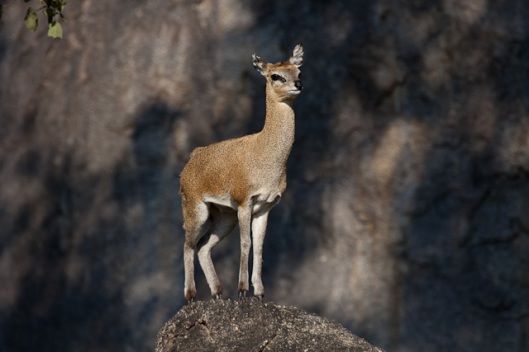

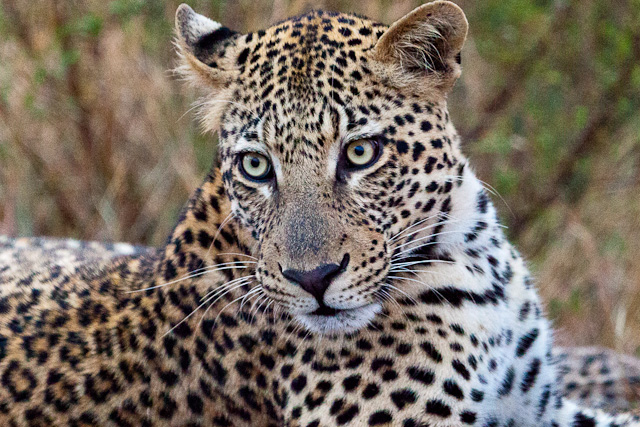


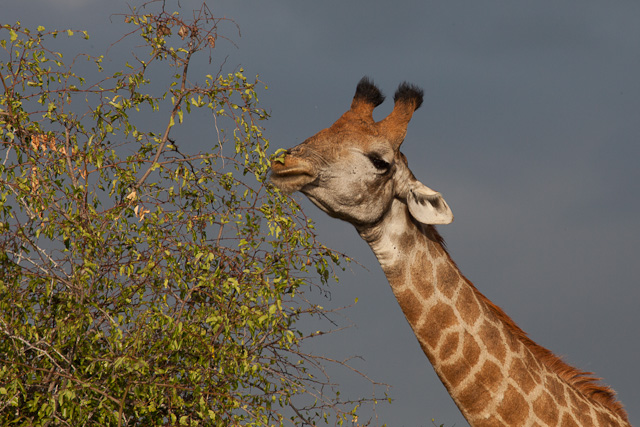
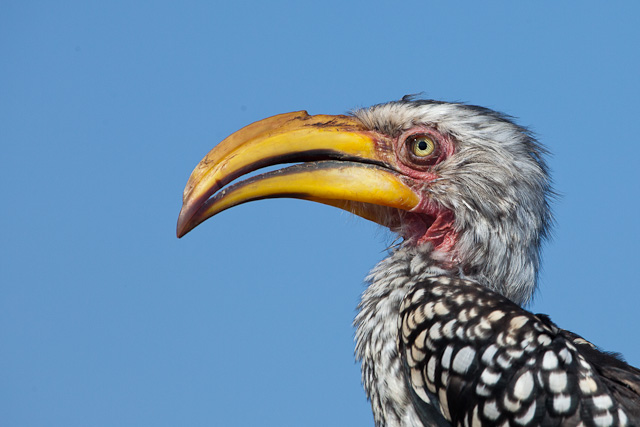
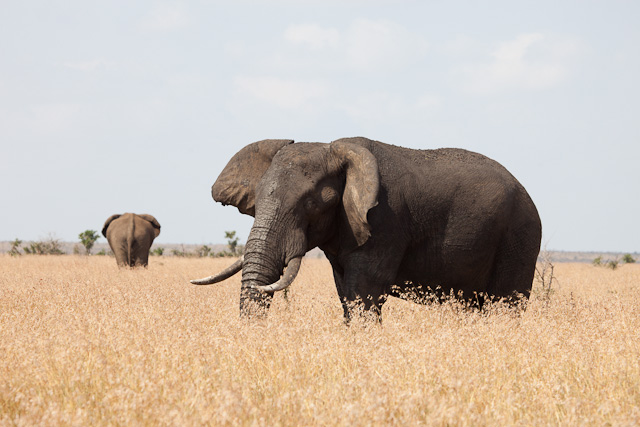
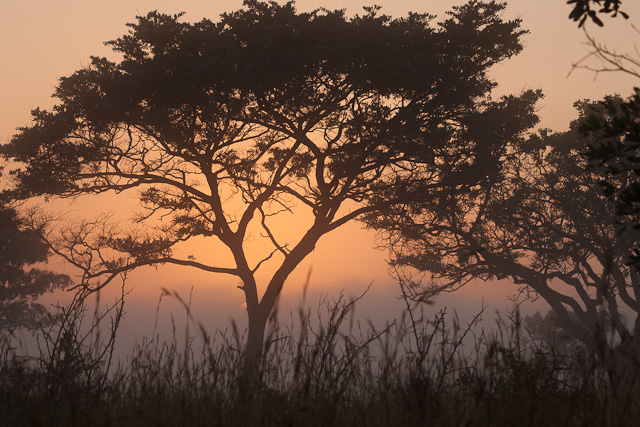
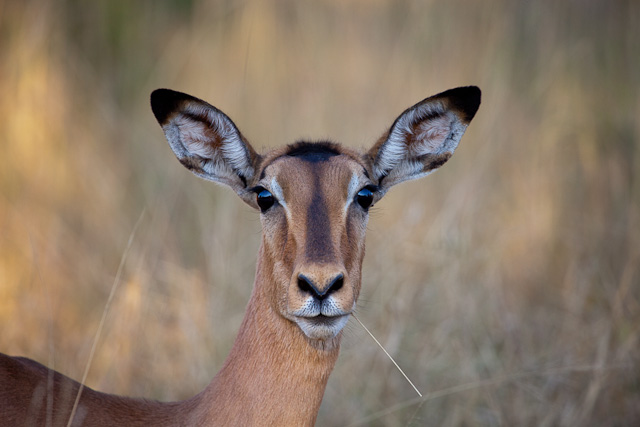


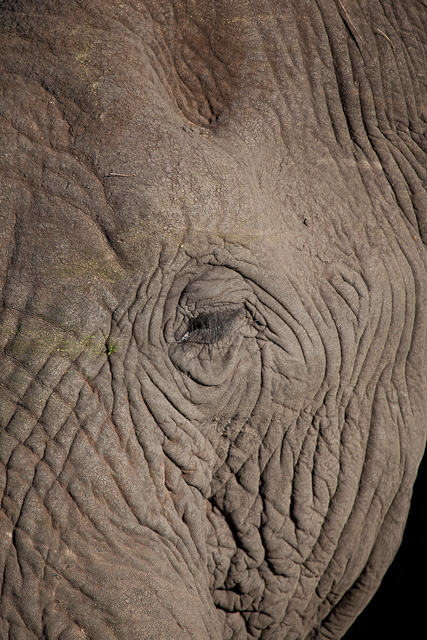
HI Doug,
I really enjoyed looking at these images, and think that would have been the same even if I hadn’t been viewing them through my Assignment Two ‘glasses’. I especially like the hornbill image!
Looking forward to seeing how you get on with colour – seems to me you’re in the right place for it!
Cheers for now,
Barry
Pingback: Assignment Two – Wildlife « dougslr